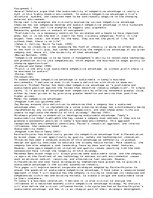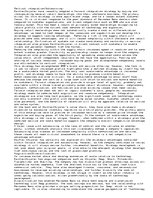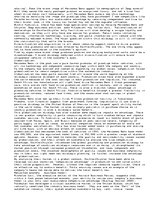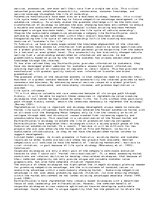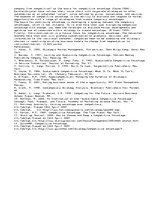-
Is Competitive Advantage Really Sustainable?
Conclusion:
Corporate strategies are only a small part of the company's continuous evolution towards to what I would call 'market individualisation'. It is about assessing market conditions and internal abilities to develop interrelated strategies; that because of their combined complexity not only provide unique and valuable customer value propositions, but also make complete imitation impossible.
The analysis of these strategies has highlighted the in depth strategic planning needed for producing competitive advantage, and the criticalness of constant review in sustaining advantage within a continuously changing market. Sustaining competitive advantage is not just about protecting against imitation; its also ensuring changes within the market environment do not render existing advantages obsolete (Aaker 1995, Grant 1998).
DaimlerChrysler's have implemented many industry-based strategies with a determined focus of cost leadership and differentiation. However, the combined benefit of corporate strategies drives resource optimisation towards developing sustainable advantage. Coyne describes "a unique capability that has the potential to shield the company from competition" as the basis for competitive advantage (Coyne 1986). DaimlerChrysler have refined their value chain with corporate strategies to offer automobiles at an unmatched 'value"; value defined by price, convenience, and service.
The essence of competitive advantage is the ability to evaluate and respond to market opportunities with a range of strategies that create temporary advantages.
…

